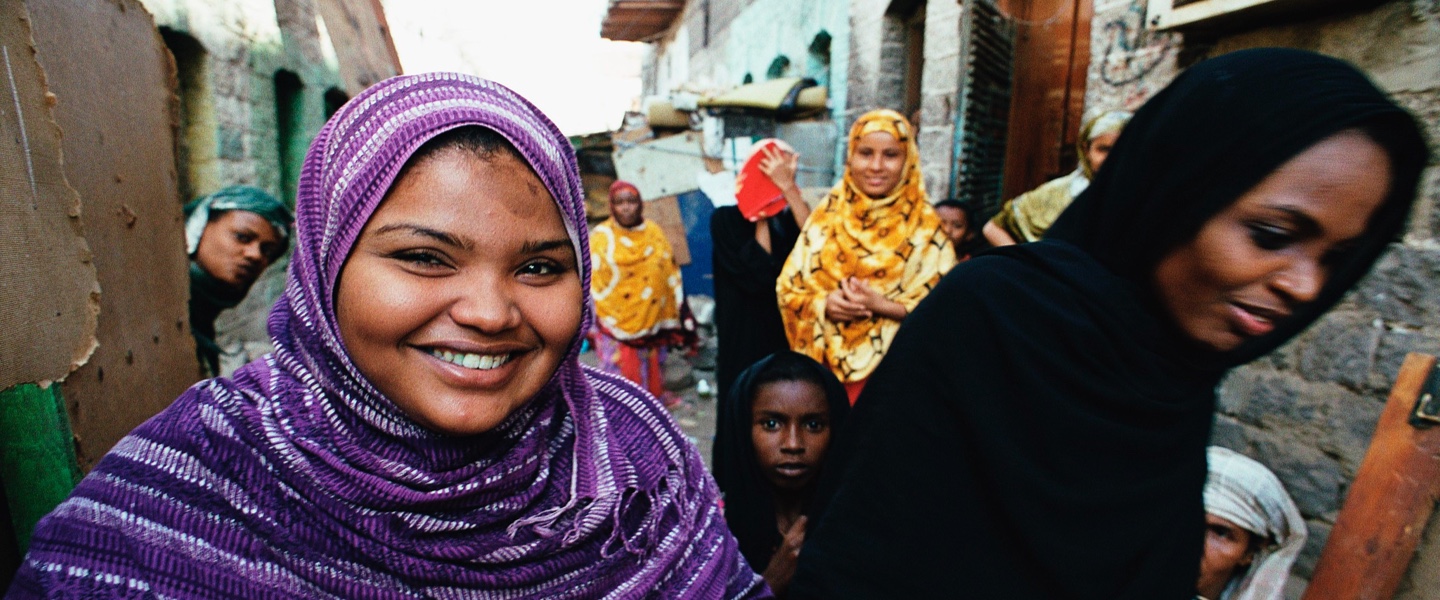The objective of grants is to help low-income countries to restore or maintain their external debt sustainability. The grant allocation framework first introduced in IDA14 has only one criterion for grant eligibility: countries' risk of debt distress. The risk ratings emerge from country-specific forward-looking debt sustainability analyses based on the joint IMF-World Bank Debt Sustainability Framework (DSF) for low-income countries.
The IDA grant framework then translate these debt distress risk ratings into "traffic lights", which in turn determine the share of IDA grants and highly concessional IDA credits for each country: high risk or in debt distress ("red" light) is associated with 100 percent grants, medium risk ("yellow" light) with 50-year credits, while low risk ("green" light) is associated with 100 percent credits and zero grants.
The framework limits the scope of grant eligibility only to IDA-only countries, i.e., excludes IBRD/IDA blend countries or hardened-term countries regardless of their external debt situation. The exclusion derives from the fact that these countries have greater access to capital markets and, as a result, their debt compositions can differ from IDA-only countries. Therefore, it is inappropriate to apply this framework to blend countries or hardened-term countries, as the framework is designed to address the specific characteristics of low-income countries' debt profile.
The determination of the terms of IDA's assistance, is done as a second step in the IDA allocation process. The first step is to allocate resources according to IDA's Performance-Based Allocations (PBA) system, where the volumes of IDA assistance are determined based on the country's performance and needs.

